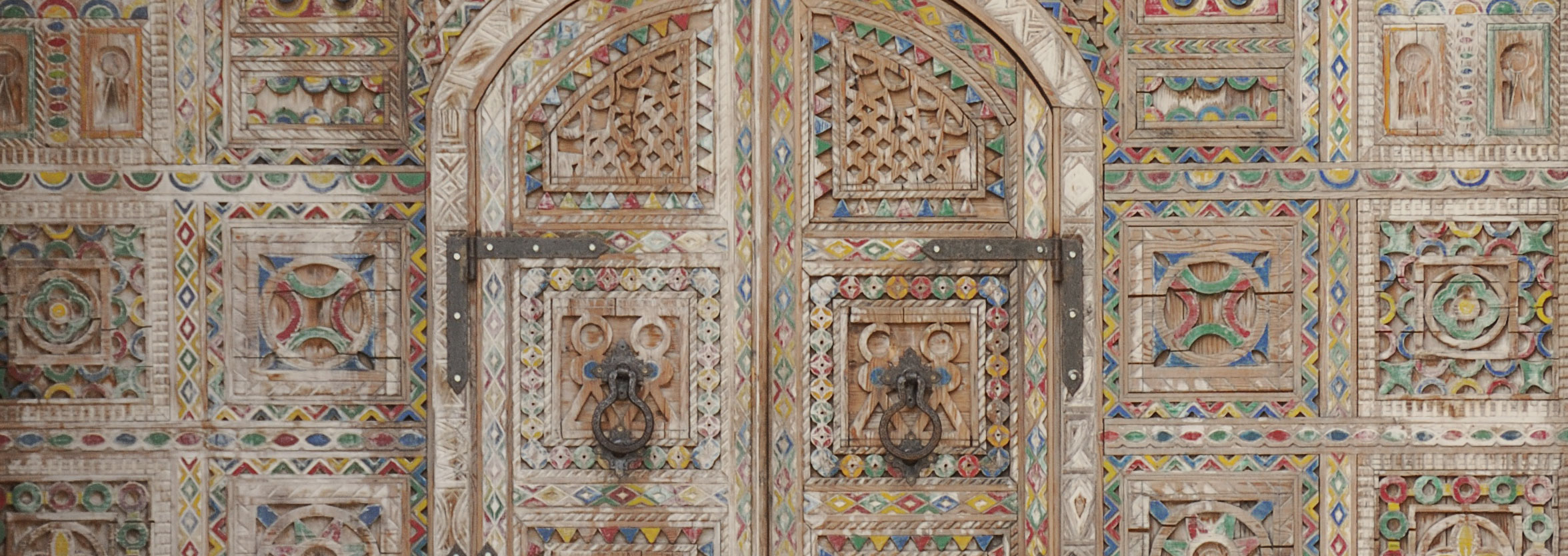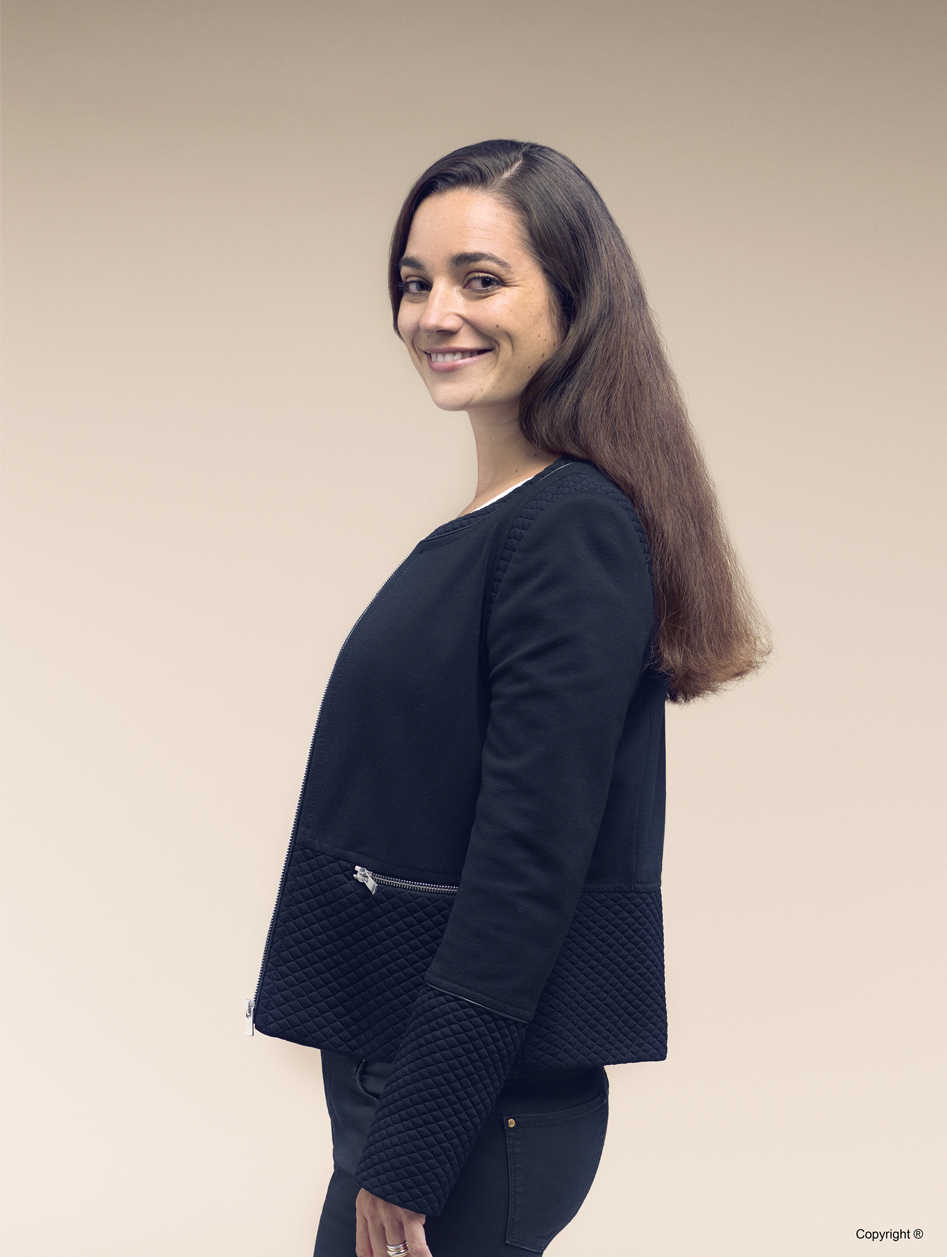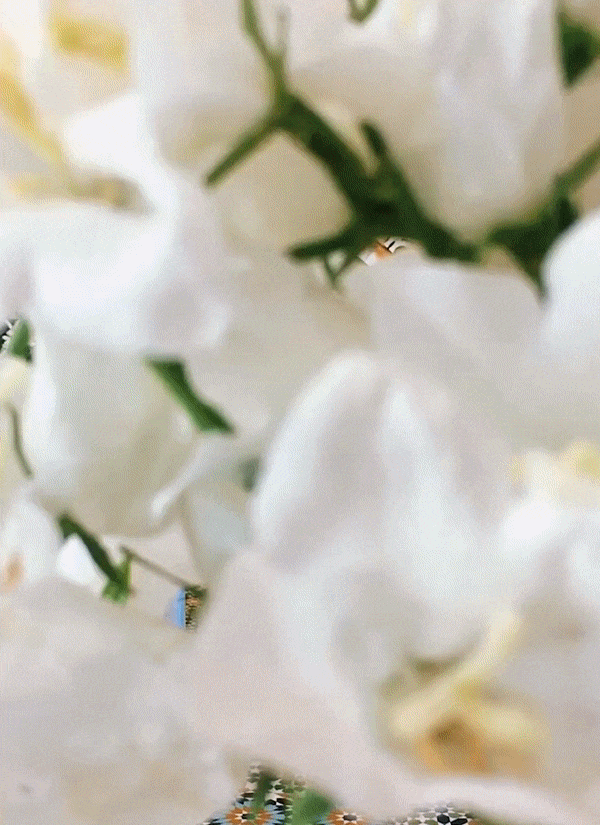Meet the Perfumer


What is your oldest olfactory memory? I have a few. My parents were anaesthetists so I have vivid memories of hugging them and smelling ether products mixed with their fragrances. The smell of gouache is another one of my oldest olfactory memories.
What was the first fragrance you ever wore? And the first you gave to someone?
I remember wearing my dad's Eau Sauvage often when I was very young. When I got older, around ten, I went for Tartine et Chocolat.
As a teenager, I went to the USA every summer to learn English and carried Guerlain fragrances – an icon of French perfumery – with me in my suitcase for my host family.
Which of your mentors most influenced you and why? Olivier Cresp was my mentor when I arrived at the Firmenich creation centre in Paris. He's a wonderful person who generously shares his expertise. He listens to young people and always strives to respect their individual styles. Being trained at Firmenich was a chance to work alongside other masters, including Alberto Morillas who amazes me every day with his youthful spirit, vision and passion, and Jacques Cavallier who knows the materials better than anyone. Each taught me something different, helping me to move forward.
What are your raw materials of choice? I like raw materials that tell stories. Resins, wood, patchouli and citrus fruits are some of my favourites. These dark, deep and mysterious scents give me the chance to transform them into something modern and bright. I have a preference for patchouli – I'm definitely an earthling. I like the way it conjures up the undergrowth, and its rooting in heritage. I'm very attached to my homeland, Dordogne.
What is your olfactory style?
I hope that it reflects my search for the unexpected because nothing is off limits for me. I like to risk all-new combinations, look at materials from a different angle, put a surprising twist on a well-known figure, explore new paths and work with unfamiliar materials.
I'm not the best person to describe my style but I have often been told that my creations are salty and mineral.

Where do you find inspiration? Inspiration comes from experience and journeys. I find it in my key olfactory memories from childhood – the smell of flowers in the family home. The combination of colours and raw materials take me from figurative to abstract. Travel is another endless source of inspiration, feeding our memories of particularly strong olfactory emotions. These vivid emotions rise up as we discover smells and landscapes that move us.
What is your favourite time of day to compose? At the end of the day when I feel intellectually liberated from the many tasks accomplished on my projects. My spirit can focus on the creation. Time temporarily stands still because I make sure I'm not disturbed. I dedicate this precious time to planting the seeds for new ideas that I use later to create something more concrete. Strong ideas then burst forth, showcasing the materials. I am very visual so I imagine the textures, colours and volumes.
What is your greatest accomplishment as a perfumer? The inherent personal component is what my job as a perfumer is all about. The creative process is the product of magical encounters with the people who bring brands to life. Together, we create, develop ideas and exchange to produce a project ripe with emotion. The variety of encounters is what makes my experience so abundant.
Had you heard of L'Artisan Parfumeur before working for them? I had heard of L'Artisan Parfumeur through the legendary Mûre & Musc worn by some of my childhood friends. I still smell this fragrance on my family and friends and feel the same emotion. Fresh, feminine and colourful, it's as modern and addictive as ever. La Chasse aux Papillons was also particularly significant during my years as a young perfumer because its creator, Anne Flipo, was my tutor during my internship at Charabot. I weighed its formulas and I loved this note.
What is unique about L'Artisan Parfumeur? L’Artisan Parfumeur pays tribute to nature. And craftsmanship is a key component of all of its fragrances in the best French tradition. The brand has been a real pioneer in the niche segment, highlighting traditional perfumery's iconic materials with a very modern touch.
What inspired Histoire d’Orangers for you? Histoire d’Orangers was inspired by one of my trips to Morocco. On a journey through the Souss Valley, in the foothills of the Anti-Atlas Mountains, between Taznakht and Taroudant, I used my notebooks to jot down my fragrant memories – notes that take shape like formulas. I refer to this deeply significant trip as a sunshine time-out in the shade of the bitter orange trees. I remember the sunset over the Taroudant battlements. The valley turned an incredible shade. The light appeared to sing, intensifying the colours of the raw earth. The atmosphere freshened up in just a few minutes. Every time I think of the majestic landscapes of this journey of no return, orange blossom water appears – delicate water, bathed in light and freshness.
What sets Histoire d'Orangers apart from other orange blossom-based fragrances? The orange blossom illustrates the light for me. Tender, fresh and dazzling, I see it as the most modern of the white flowers. I instinctively blended it with delicious oriental pastries here. Combined with these sweet treats, it is seriously addictive. The contrast supplied by an overdose of Ambrox further intensifies the very distinctive personality of traditional orange blossom. This disruption manifests in the interplay between the purity of the flower and the sensuality of this very modern ingredient, and that of the sun-warmed skin. It is also revealed in the light and shade pairing, which is dazzling on the flower petals, and dark and mysterious in the Ambrox mirror.